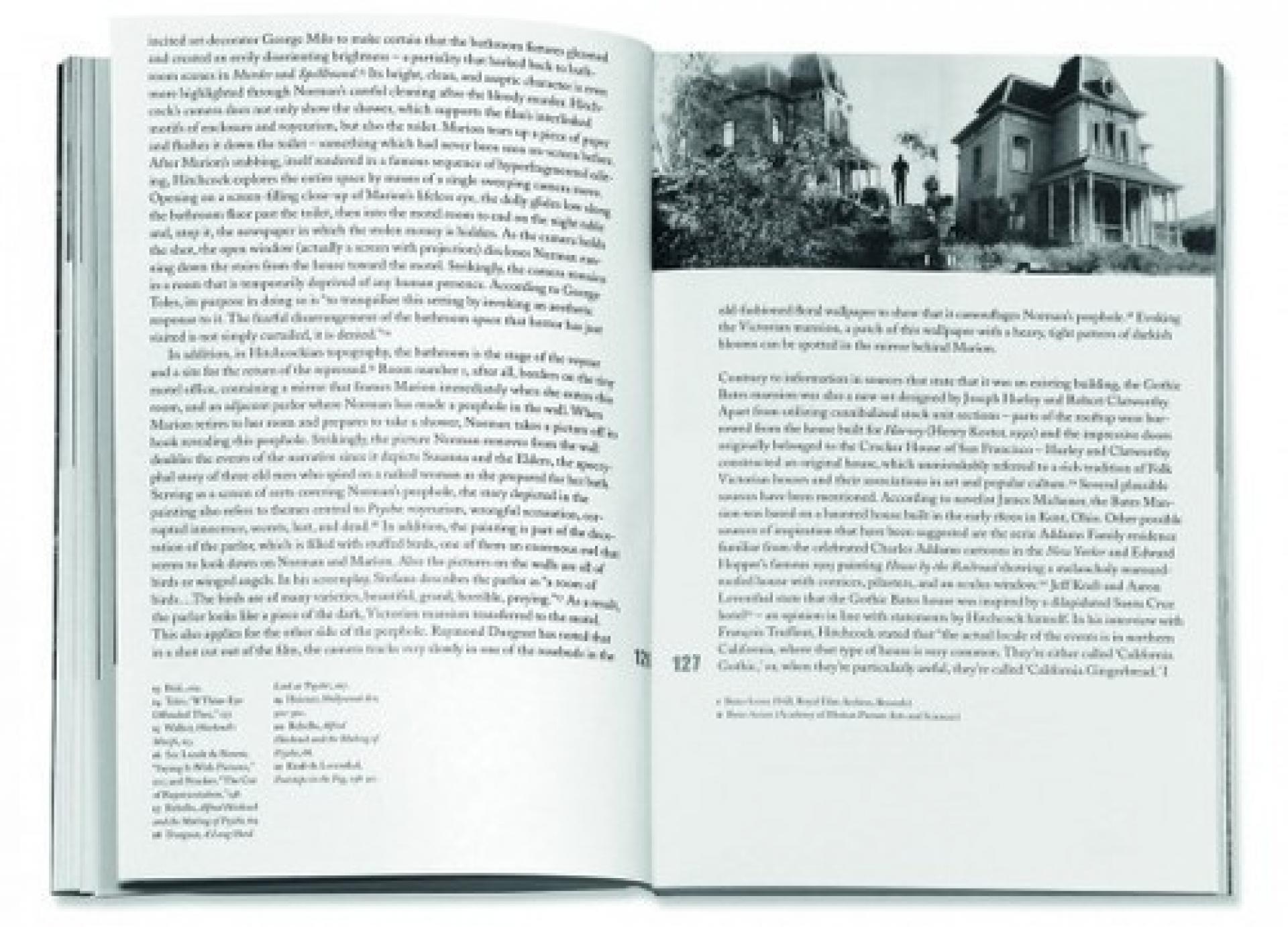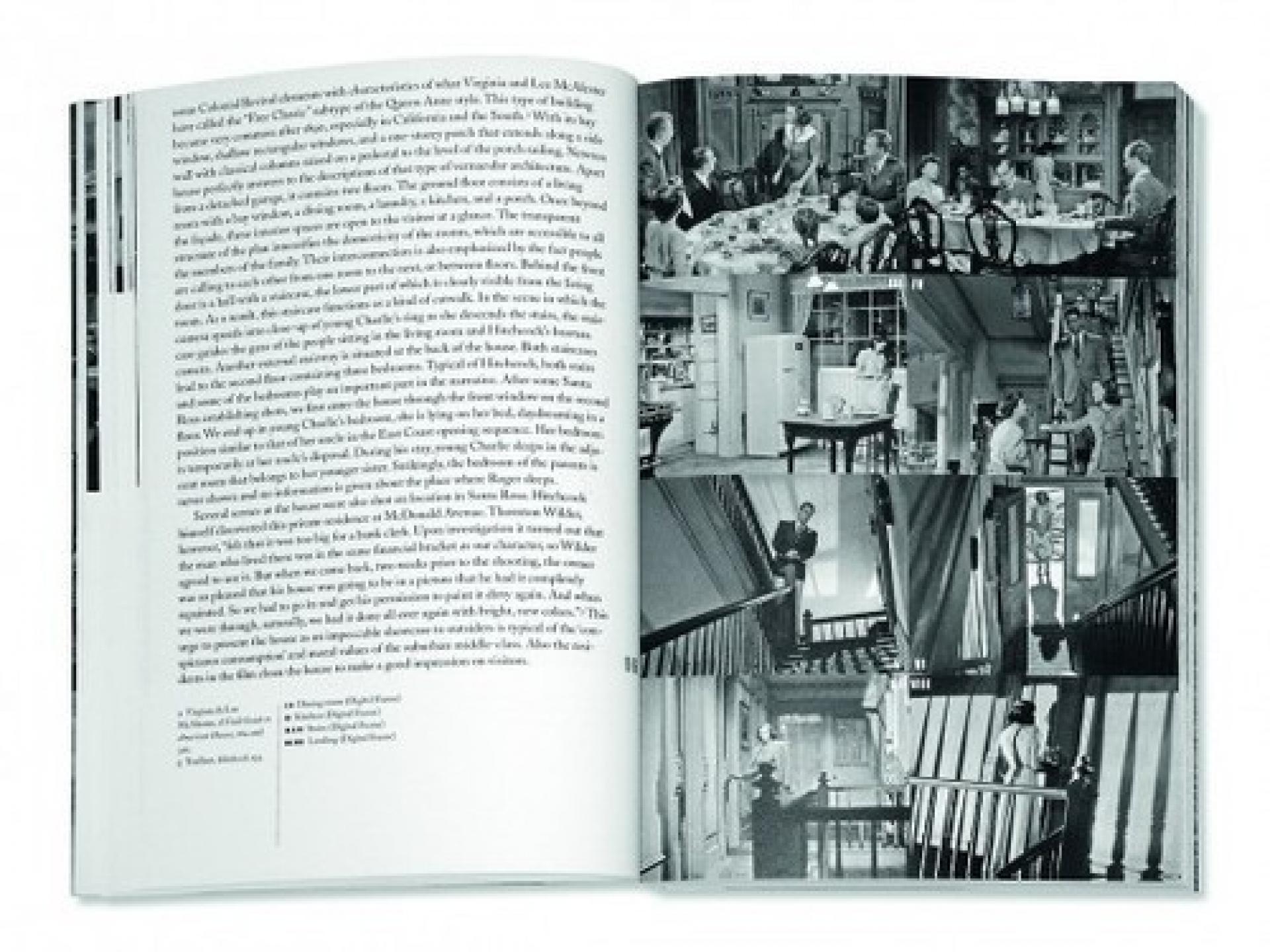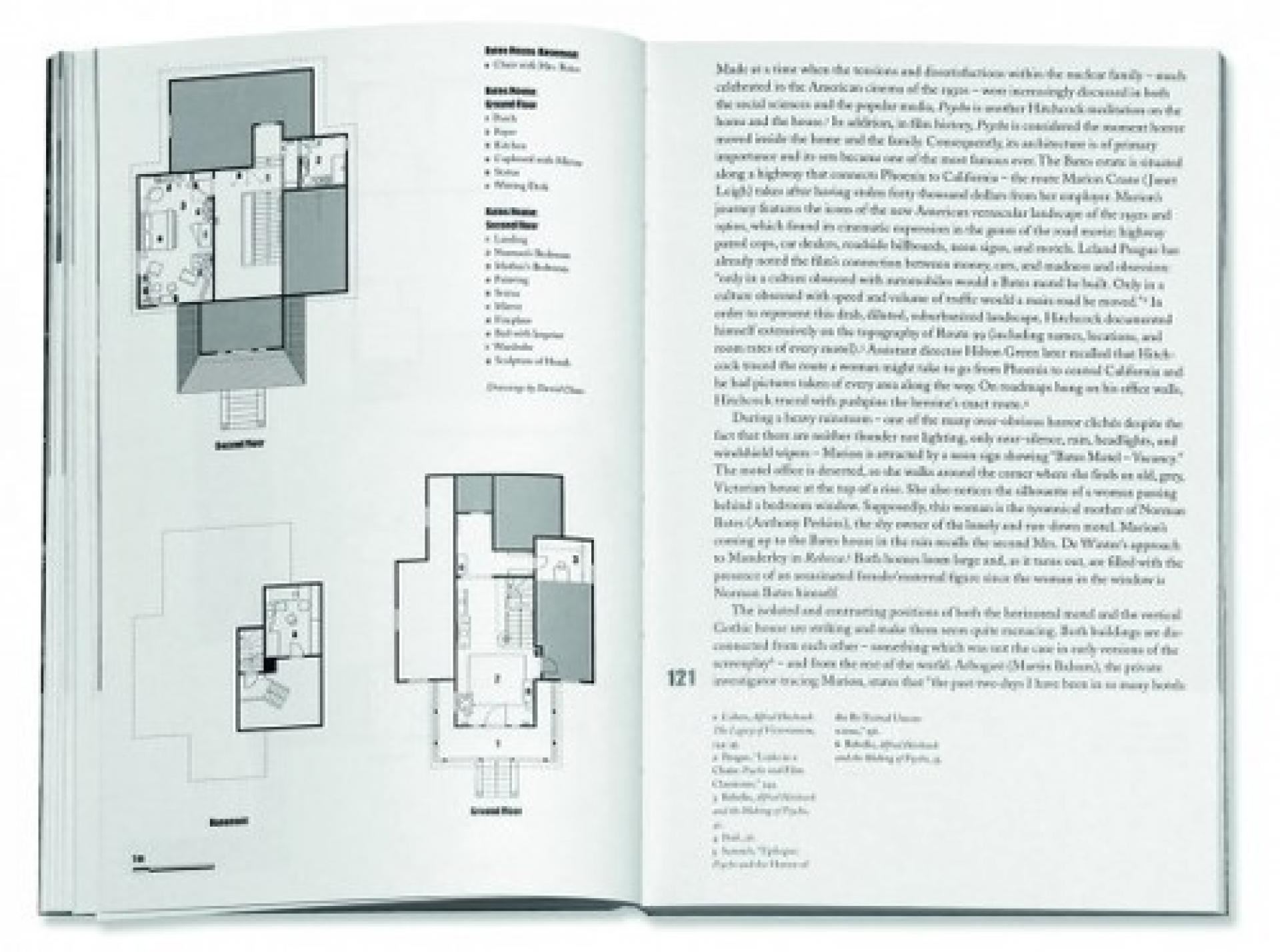The Wrong House: The Architecture Of Alfred Hitchcock
The Wrong House: The Architecture Of Alfred Hitchcock by Stephen Jacobs, NAi Publishers (reprint 2013).

When I start this text by mentioning an architect called Robert F. Boyle born in 1909 and deceased in 2010, chances are you have not read about him before. On the other hand, there is a more than 300% chance you have seen some of his buildings. I remember a time when rumour had it that the house at the end of the Hitchcock’s North by Northwest (1959) was designed by Frank Lloyd Wright. We were all in awe before the cantilevered villa on top of the dramatic Mount Rushmore. Nobody questioned its reality. But this was before the publication of ‘The Wrong House’, a book by Steven Jacobs dedicated to the architecture of Alfred Hitchcock’s films and to the (less famous) people who worked on his sets. Now we know: It was Robert Boyle not Frank Lloyd Wright who designed the house on Rushmore which in reality never existed.
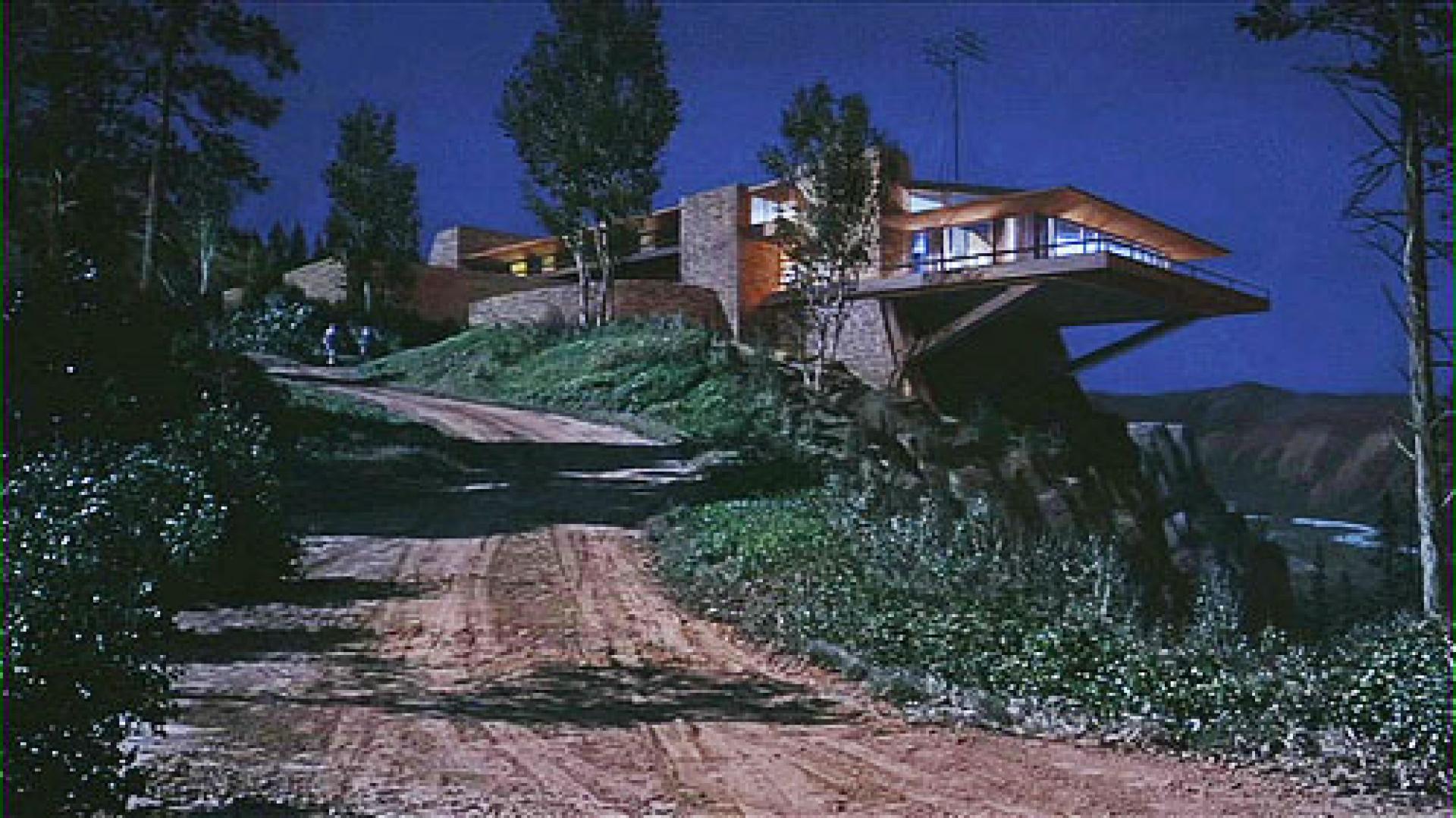
The matte painted villa on Mt. Rushmore from North by Northwest
The first two chapters of the book (Space Fright and The Tourist Who Knew Too Much) are classic film studies under the aspect of space, monuments, symbols and atmosphere. The third and largest chapter - called Selected Works - is devoted to all iconic buildings the filmmaker invented for his movies. The chapter contains no less than 30 buildings, houses, motels, mansions or villas. They cover different styles, locations and atmosphere and you quickly realise that the movies’ architecture is often as important as its characters. Take the Bates Home and the Motel from Psycho (1960), they have become icons of the horror film genre. Another great thing about 'The Wrong House’ is that it makes you remember Hitchcock’s films. Manderley, the incredible mansion in Rebecca (1940) brought back memories for me. It becomes apparent how the house drives the film’s oppressive ambiance and later transforms into a true bluebeard castle.
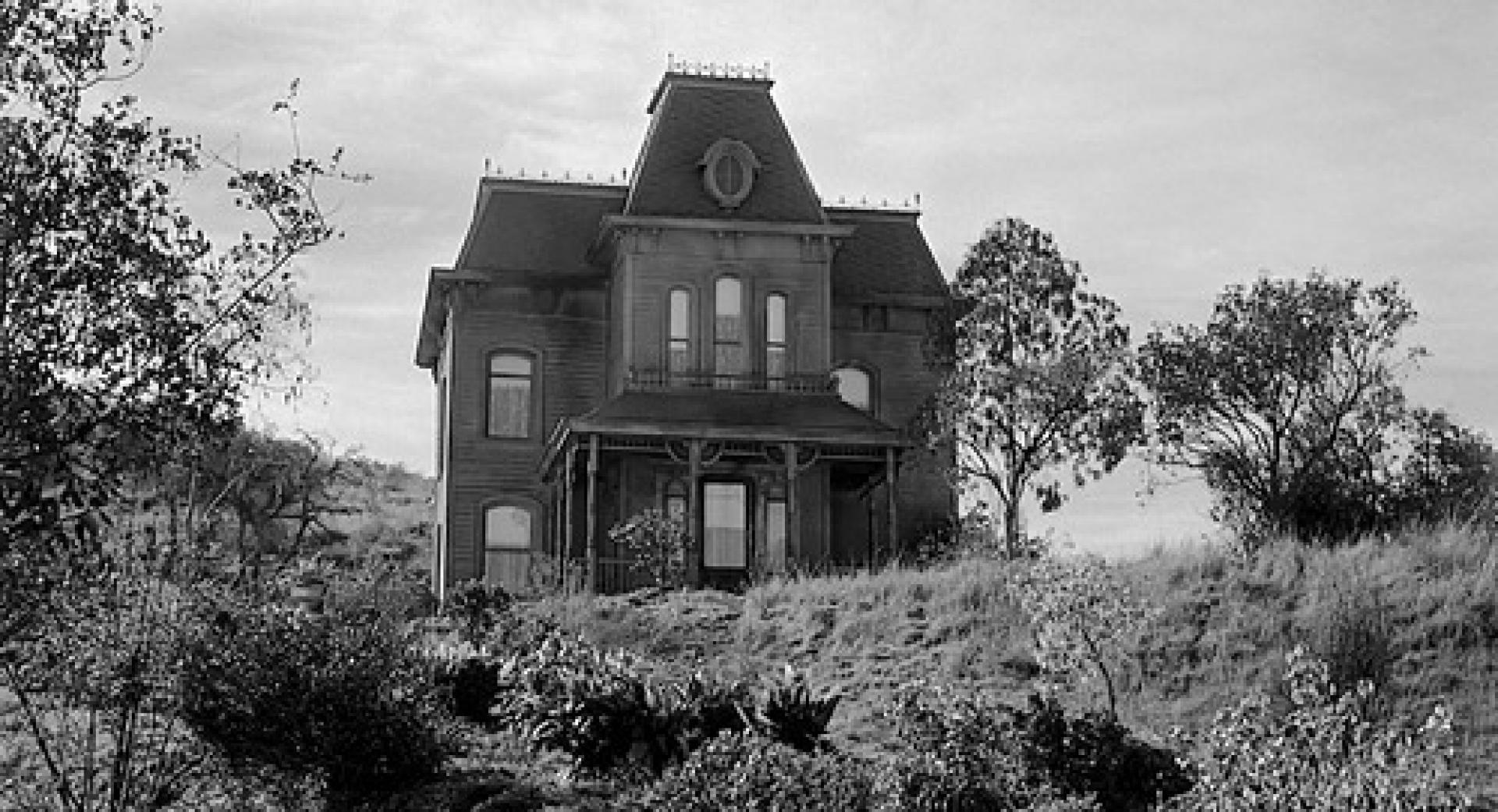
Bates Home in Psycho (1960) via Retroweb
The book makes us aware that Hitchcock’s architecture is not a simple background, it is an actor in the story (listen to the first lines of Rebecca to understand what I mean) and, like any actor, it plays its role.
Stephen Jacobs goes to great lenghts to draw the plan of every single house or film set and describe and analyse it. His unique and weird representations show us how impossible, out of scale, abstract or fragmented those buildings are. The studies are fascinating because they demonstrate that the construction of space in film is not the construction of space in reality: a door may remain always closed. Or it suddenly opens and leads into the unknown…
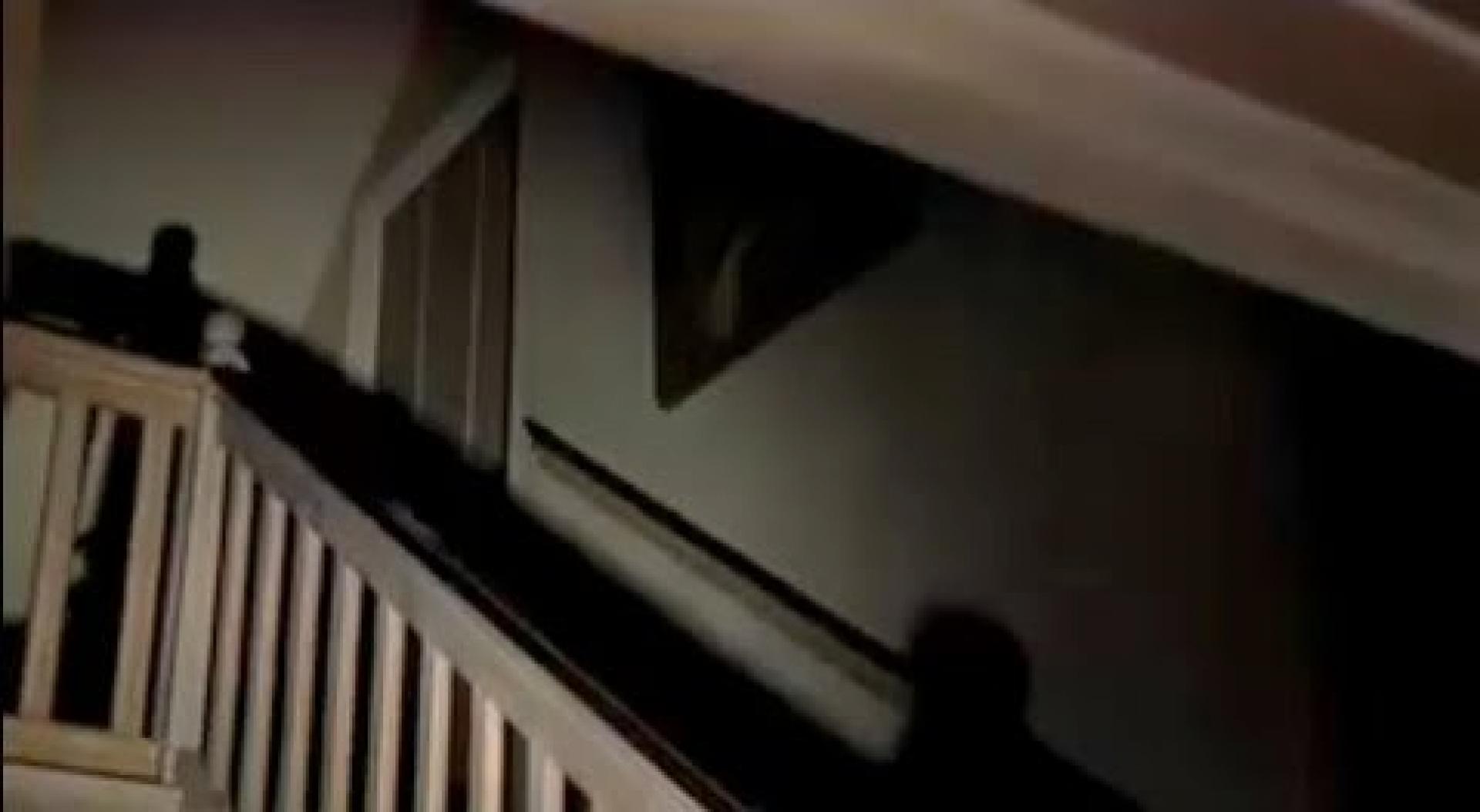
Scene from The Birds (1963)
The Wrong House is not an anecdotal publication, it is a very serious piece of research, sometimes a bit professorial, but anybody with an interest in architecture and/or cinema should find it worth his while.
Something else becomes apparent, architecture and cinema have one thing in common. They are never the work of a lonesome creator worriedly facing a mirror under the light of two candles, but they are teamwork for a group specialists with different skills. Steven Jacobs’ book thus teaches us how movies are made, how Hitchcock (ab)used architecture to tell gripping stories and how impossible, but very beautiful buildings can become real on a silver screen.
The book was originally published in 2007 on the occasion of an exhibition of the same title at the deSingel Arts Campus in Antwerp, Belgium.
The Wrong House: The Architecture Of Alfred Hitchcock by Stephen Jacobs. Reprint 344 pages, 9.4 x 6.4 x 1 inches, paperback, 2013. NAi Publishers
